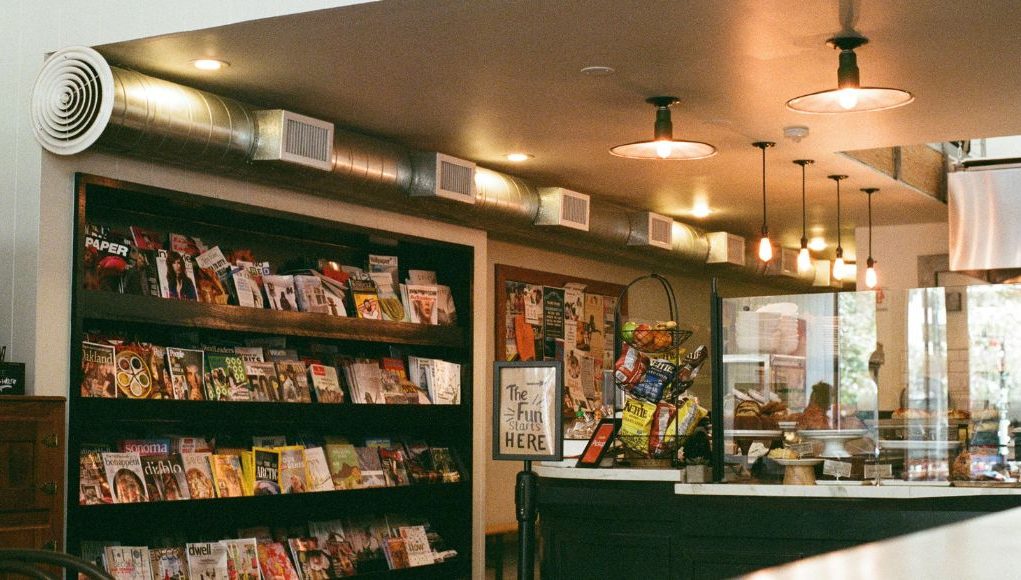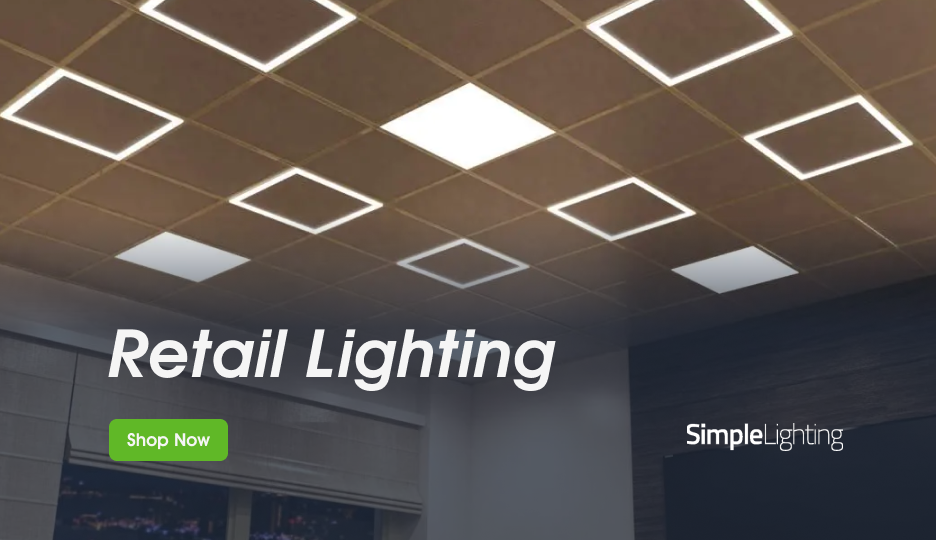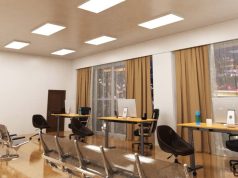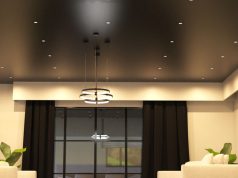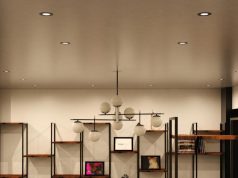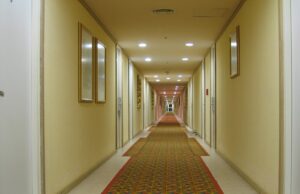If you walk into a store and you immediately gravitate towards a certain brightly-lit display, product, or area, chances are that’s not a coincidence.
Retail lighting is intentional. It is planned. And it is one of the most powerful tools in visual merchandising.
Whether you’re running a boutique, a supermarket, or a car showroom, the right lighting strategy doesn’t just make products visible; it makes them desirable.
Buckle up, because in this guide, we’ll explore the lighting techniques proven to enhance shopper psychology, improve merchandising, and ultimately increase sales. Because at the end of the day, that’s what retail is all about.
We’ll cover everything you need to design a retail environment that both looks stunning and works hard for your bottom line.
The Role of Lighting in Retail Environments
Lighting in retail isn’t just about illumination. It’s about storytelling. The way you light your store shapes how customers feel, where they look, and how long they linger.
Psychology of light — Light can significantly impact the mood and atmosphere of a space. Warm tones create a cosy, inviting feel, while cooler light is energising and works well in high-traffic zones.
Bright lighting encourages fast decision-making (ideal for supermarkets), whereas softer, intimate lighting is perfect for luxury retail where browsing is part of the experience.
Visual merchandising — Lighting guides the eye. Here’s how: Highlight displays to draw attention to key products, and leave other areas more subtly lit to create contrast and hierarchy.
Shopper behaviour — Research shows that well-lit spaces increase browsing time and basket size. If your products look attractive under the right lighting, shoppers perceive them as higher quality and are more likely to make a purchase.
Think about it: have you ever bought anything from poorly-lit stores? Most likely, you didn’t even enter.
Display & Accent Lighting Strategies
General overhead lights are essential, but they’re not the be-all and end-all of retail lighting. Overhead lights keep a store functional, but display and accent lighting add the sparkle.
This is called light layering. It brings depth and drama to your retail environment.
Spotlights
Got high-value items? This is your go-to light for highlighting them. Whether mounted on ceilings or tracks, they deliver targeted illumination with precise beam angles.
Different beam angles offer different uses:
- Narrow beams (10–20°) create strong, concentrated light for jewellery, art, or premium accessories.
- Medium beams (25–40°) are ideal for mannequins or mid-sized displays.
- Wide beams (40°+) spread softer light across shelving or product walls.
Tip: Position spotlights at a 30° angle to minimise glare on reflective surfaces, such as glass and metal.
Track Lighting
Your store displays change. And track systems on the ceiling are a flexible solution that allows you to reposition spotlights as needed. This makes them perfect for dynamic retail environments where layouts are refreshed seasonally.
Why use them:
- Tracks can be surface-mounted or recessed for a cleaner look.
- They can carry multiple luminaires with varying beam spreads, giving them lighting flexibility.
- Ideal for fashion stores, galleries, and showrooms.
Wall Washing
Got an entire wall loaded with display products? Wall washers are a good lighting option for this. They distribute light evenly across vertical surfaces, making them ideal for displaying artwork, books, or clothing racks.
Wall washers make the entire wall a focal point rather than just individual products.
Why use them:
- Use uniform wall washing to give the impression of spaciousness.
- Works particularly well in cosmetic or shoe stores where product packaging is colourful and detailed.
Grazing
Grazing light is cast at a shallow angle across textured surfaces. Think exposed brick, fabric backdrops, or patterned walls. This technique adds drama and enhances the tactile appeal of your store.
Best practices:
- Use LED strip lights or linear wall grazers along shelves or display backboards.
- Perfect for luxury stores that want to create depth and mood.
By mixing these techniques, you can craft a layered retail environment that feels both visually interesting and strategically persuasive.
Lighting Window Displays & Showcases
The window is your shop’s first impression. It’s the stage that gets attention and convinces passers-by to step inside. Lighting here needs to be bold, dynamic, and theatrical.
Lighting Techniques to Draw People In:
Contrast is key: A brightly lit feature against a darker backdrop naturally grabs attention.
Layered lighting: Combine overhead spots with hidden LED strips at the base of mannequins or shelves. This creates a sense of depth, making the store feel more immersive. And “immersive” draws people in.
Accent highlights: Use narrow-beam spotlights to make individual items shimmer, especially jewellery, glassware, or metallic finishes.
For enclosed showcases inside the store, use LED strips with high CRI (>90) to ensure the products inside look as good as they would under natural daylight.
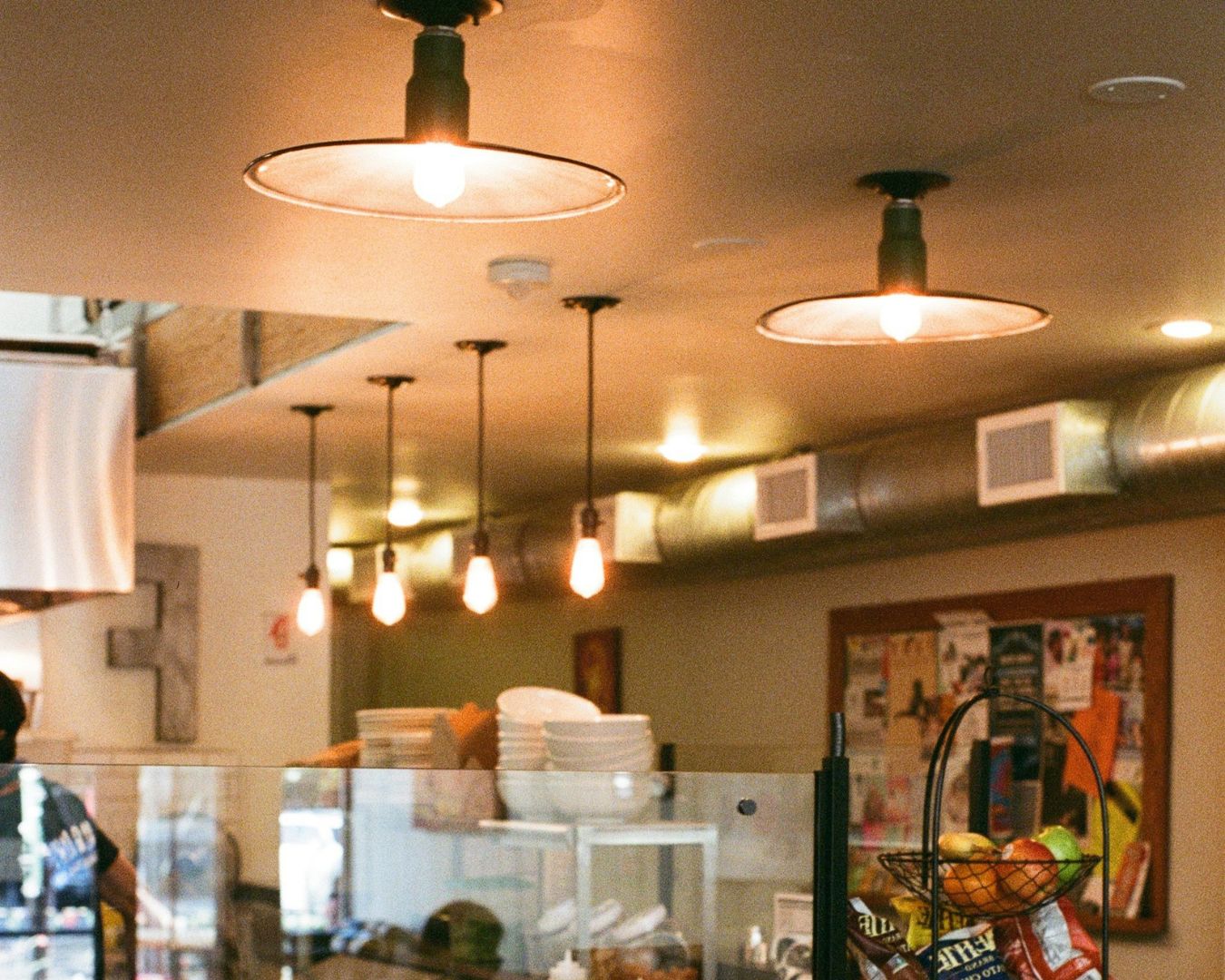
Ambient vs Task Lighting in Stores
A successful retail layout balances both ambient lighting (general illumination) and task lighting (focused, functional light).
Ambient Lighting
These are typically your overhead lights. They ensure that your customers feel comfortable navigating the space. Common options include:
- Recessed downlights for clean, modern ceilings.
- LED panel lights for even illumination in supermarkets or pharmacies.
- Pendant lighting in lifestyle or boutique stores for atmosphere.
Task Lighting
Best for spaces where activities that need high concentration happen. Here are some specific functions this supports:
Checkout counters: 500–1000 lux ensures accuracy in transactions.
Fitting rooms: You want to make your customers look and feel good while trying out your products. Flattering, shadow-free lighting encourages purchases. Use vertical lighting on both sides of mirrors for the most natural look.
Shelves and product displays: Integrated LED strips under shelving or cabinet lighting improve visibility and perceived product quality. A product under a bright spotlight will look more high-quality than one under a dim light.
The art lies in layering these types of light so customers move seamlessly through well-lit paths, with focal points highlighted along the way.
Colour Rendering (CRI) & Product Colour Accuracy
Not all lights are made equal, especially if we’re talking about colour rendering index (CRI). It’s how close to its natural colour an item appears under an artificial light source.
A product might look stunning under one light source and dull under another.
Why CRI Matters:
Clothing stores: Customers want to see true colours. A blue dress shouldn’t appear navy in the store and turquoise outside. Use a light source with a CRI rating of >90 to ensure accuracy.
Food retail: Fresh produce looks more appealing under high-CRI lighting. Reds in meat counters and greens in vegetables need to be vibrant.
Jewellery: Diamonds sparkle best under crisp, high-quality lighting (often 4000K with CRI 95+).
Choosing the Right Colour Temperature
We mentioned above how the colour of your light can affect the mood, tone, and atmosphere of a space. Here’s a more detailed breakdown of each light colour temperature:
- Warm white (2700K–3000K): Creates a relaxed, inviting environment that’s great for boutiques and cafes.
- Neutral/Natural white (3500K–4000K): Balanced for most retail, ensuring both clarity and comfort.
- Cool white (5000K–6500K): Energising, suitable for hardware or tech stores where brightness and sharpness are key.
Dimming, Scenes & Control in Retail Spaces
Modern retail isn’t static. And lighting is now more than just producing brightness. It should adapt to the time of day, customer flow, and promotional events.
Dimming Systems
Dimmable LEDs allow retailers to adjust brightness for different moods or times of day:
- Morning: Bright, energising light (around 4000K) to stimulate shoppers.
- Afternoon: Balanced lighting that encourages browsing and increases dwell time.
- Evening: Softer, warmer tones (2700K–3000K) for an intimate, premium feel.
Scene Control
Lighting control systems let you pre-program multiple “scenes” at the touch of a button:
- Sales events: Boost accent lighting to spotlight promotions.
- Window displays: Shift tones automatically to match outdoor daylight.
- Seasonal changes: Warmer tones in winter, cooler in summer.
The right scene will set your store up for customers to come in, browse, and purchase.
Smart Integration
Occupancy (movement) sensors and daylight sensors are one thing, but getting lights with wireless control takes smart retail lighting up to a whole new level. You can sync your lights to music, set and schedule scenes, and control your lights even when you’re not in the store.
The result? An immersive customer experience that saves you energy.
Maintenance, Cleaning & Lamp Replacement
LED lights have long lifespans. But that’s only true if they are well taken care of. Even the most carefully designed lighting plan can fail if fixtures are not properly maintained.
Dust, burnout, or colour shift can ruin the customer experience. Here are some maintenance tips:
Cleaning: Regularly wipe down lenses, diffusers, and track heads to maintain optimal performance. A dusty spotlight can reduce light output by 20–30%.
Replacement cycles: LEDs have long lifespans (25,000–50,000 hours), but they do gradually lose brightness over time. Plan replacements proactively rather than waiting for a noticeable dip.
Consistency: Replace in groups when possible to avoid mixed colour temperatures or brightness levels on the same display.
Accessibility: Select fixtures that facilitate easy lamp replacement or cleaning, particularly in high-ceiling retail spaces. Ornate lamps might be good to look at, but if it’s hard to replace the lamps, it might not be worth it in the long run. Always find the balance
Well-maintained lighting not only ensures your store looks its best but also reduces long-term costs.
Bringing It All to Light
Retail lighting is one of the most powerful yet underutilised tools in driving sales. You often see retail stores that are either too bright or too dim, or have unbalanced lighting.
One must understand that it is more than a functional necessity; it’s a means to create an atmosphere, influence psychology, and showcase products at their absolute best.
By layering ambient, accent, and task lighting, paying attention to CRI and beam angles, and integrating smart controls, you can create a retail space that not only looks incredible but actively encourages purchases.
With the right choices, your lighting can transform your shop floor into a space that truly sells. So, whether you’re designing a boutique, supermarket, or showroom, Simple Lighting offers a wide range of LED solutions that will set you on the right track.


